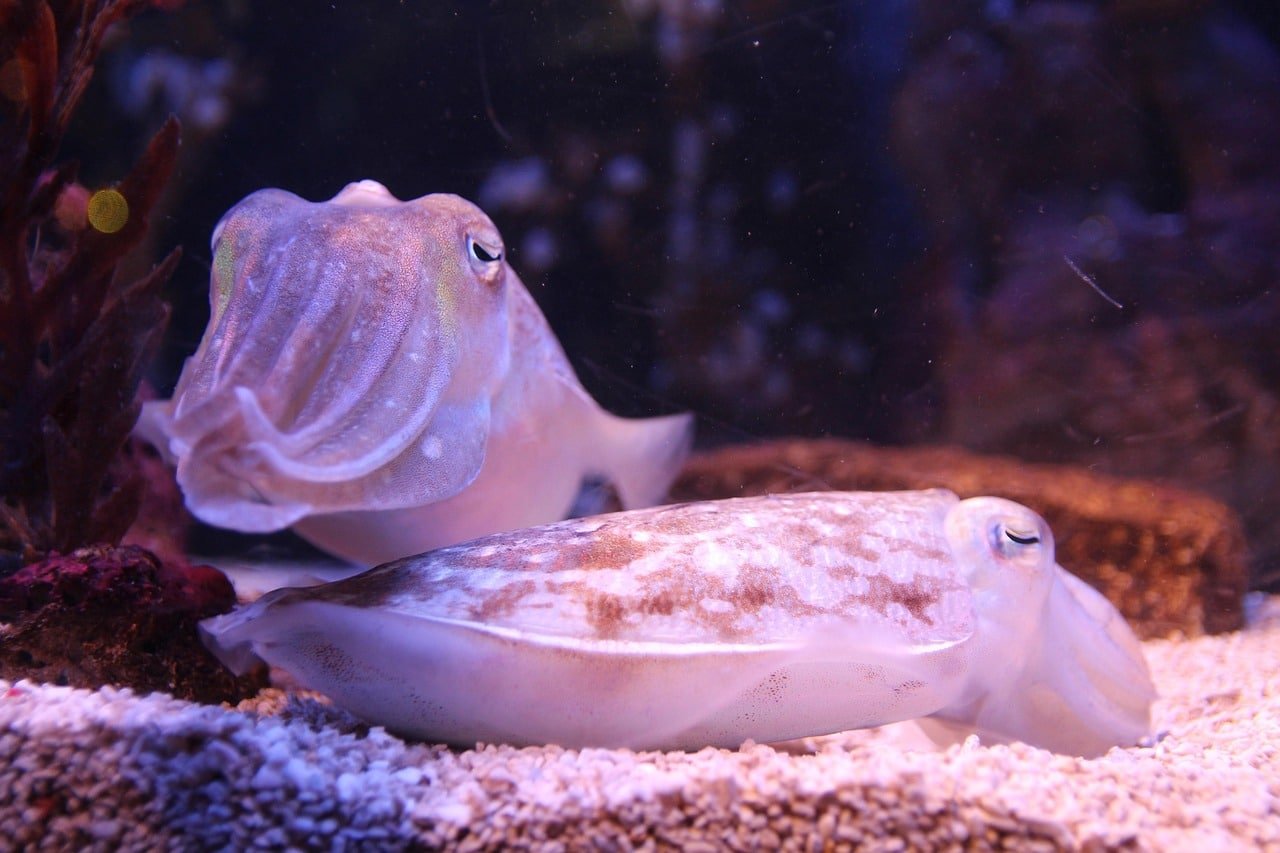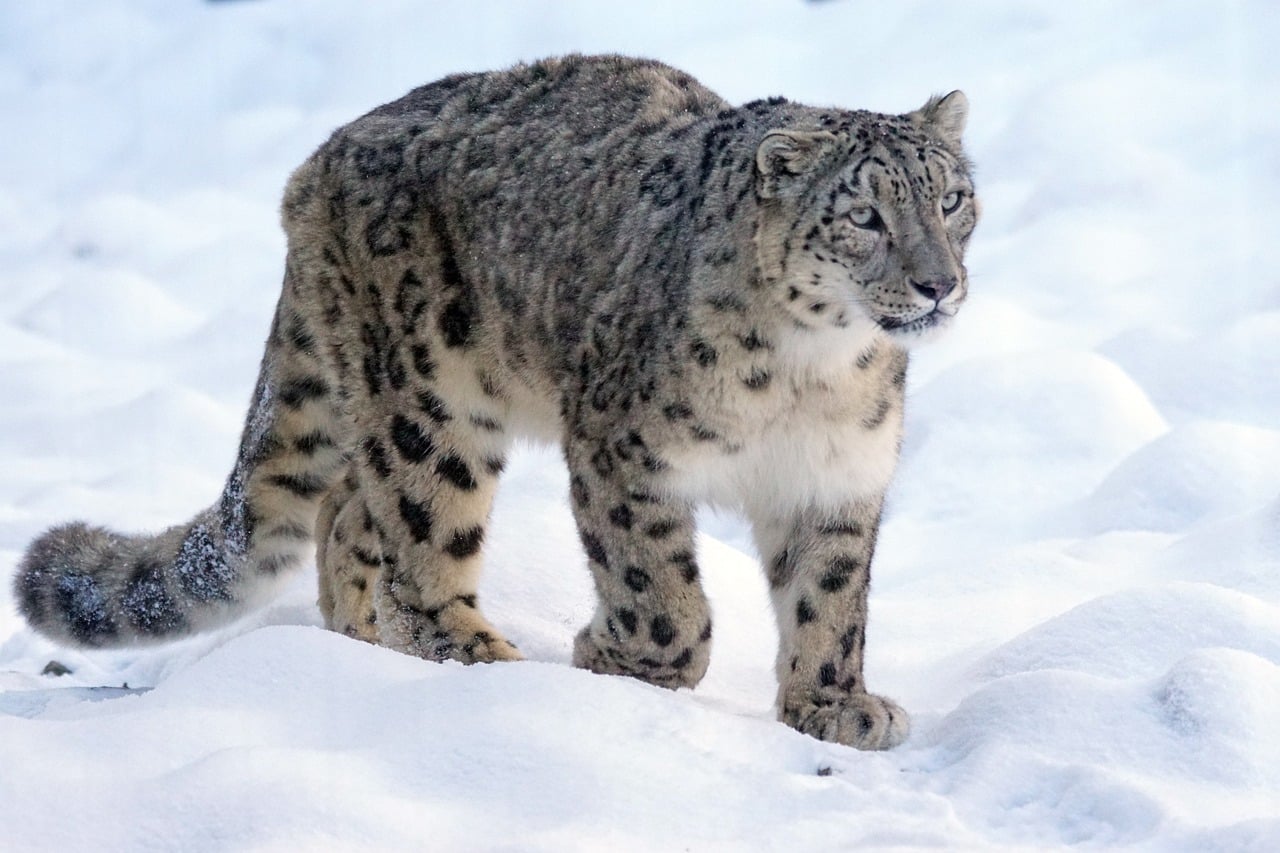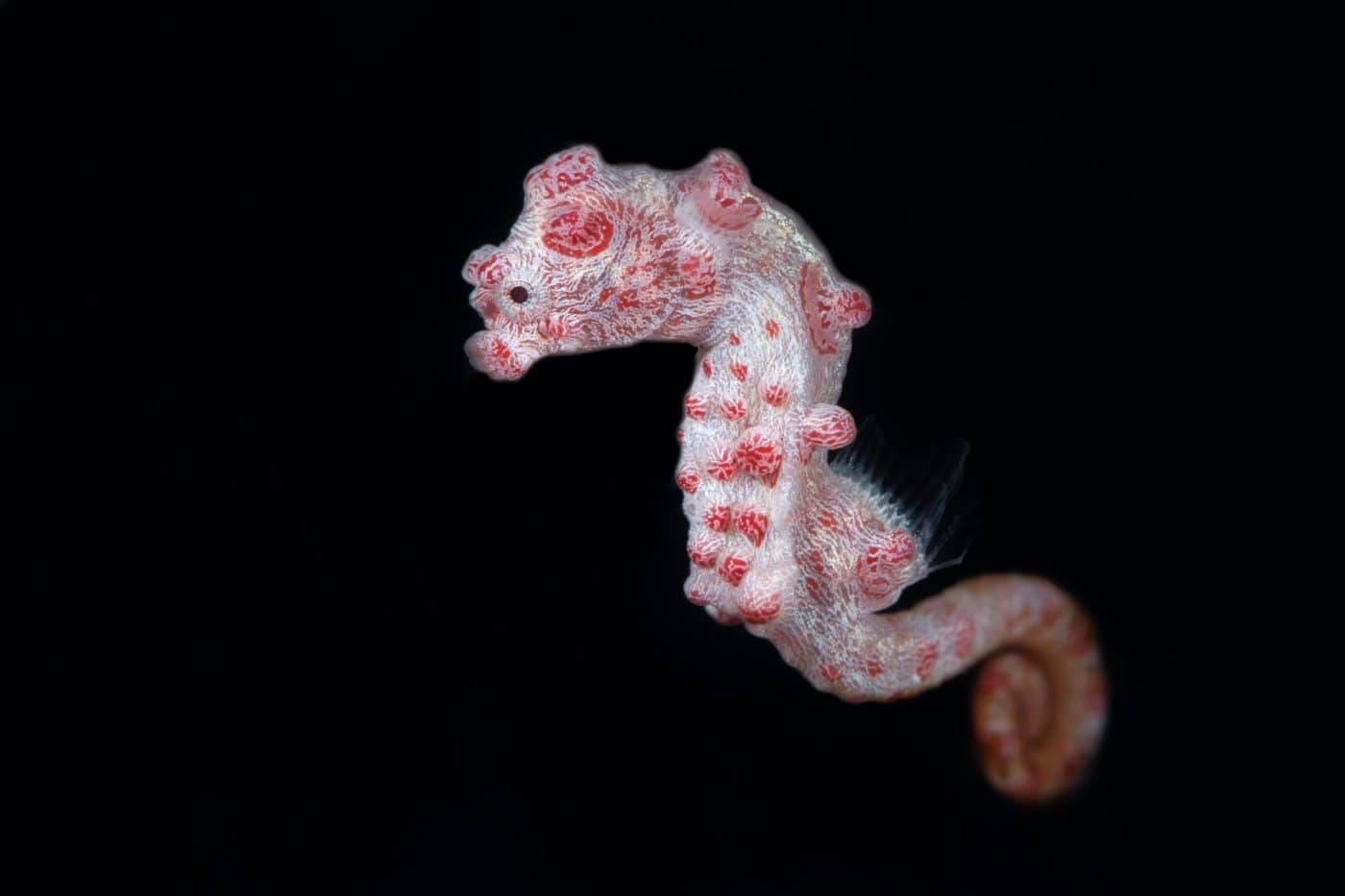Physical Address
304 North Cardinal St.
Dorchester Center, MA 02124
Physical Address
304 North Cardinal St.
Dorchester Center, MA 02124

 Shutterstock
Shutterstock
Animals in Kingdom, survival often depends on the ability to mix in the environment. The disguise has developed among many species, helps them avoid hunters or become more effective hunters. Some animals have created incredible strategies for being invisible. These animals expert in their disguise, adapted to their presence with significant accuracy to match them all around. Their skills to hide in a simple look are not remarkable, allowing them to achieve success in the weaving and almost invisible to the empty eyes.
 Shutterstock
Shutterstock
Girgiti is one of the most famous camouflage experts in Animal Kingdom, known as the ability to change the color to mix it in its environment. The chorus possesses special skin cells called chromatopore, which contains pigments, which can extend or contract depending on the sensitive condition of Girgitin, the temperature or the surrounding environment. Although their ability to change their color is often involved in hiding from hunters, the girgiti uses it for social media with other girgits. Their natural habitats, which include forests and deserts, use color to mix with leaves, branches and other natural features to avoid seen.
 Shutterstock
Shutterstock
The leaf-legged Geeko is a true master of the local disguise in the forests of Madagascar. Its body has been fully adapted to mix with the bark and leaves of the tree, making it incredibly difficult to spot. Gaco’s tail, which is similar to a dead leaf, provides almost flawless camouflage, which helps to avoid hunters. When the gecko is fixed, it looks just like the other pieces of the leaves, it almost disappears in the dense forest where it is. This square adapt will allow Geko to hide when it hunts for insects or avoids larger hunters like birds.
 Shutterstock
Shutterstock
The snow scatter found in the Central Asia hills contains a stunning coat designed to disguise in the snow, rocky environment. Its dense wool is a light color, rosetts and spots that duplicate daplod lights and shades of rocky terrain. This pattern helps the snow leopard mixed with ice landscapes seamlessly where it hunts for hunting like wild goats, sheep and small mammals. The ability to hide the snow leopard during the rocky is necessary for his survival in the snowy desert, making it as one of the most effective hunters of its rigid environment.
 Shutterstock
Shutterstock
Octopuses are one of the most skilled camouflage artists in the sea, which enables them to mix both skin color and texture around them. This capacity is possible by special skin cells known as chromatophors, which contains pigments and papilli that allows the skin to change texture. Octopuses can duplicate the presence of coral walls, rock or sea floors, which provide both disguise and protection from their hunters. They also use their disguise to hunt, they are almost invisible until they hurt. This combination of color and texture-change skills turns the octopus into an outstanding predator and survival in the deep sea.
 Shutterstock
Shutterstock
The ability to mix in the Arctic fox environment is necessary to survive the strict, cold climate of the artic. In winter months, the artic fox coat turns white, lets it mix perfectly with snow and ice. In warm months, its wool varies to brown or gray, providing disguise to the rocky terrain of Tundra. This seasonal change of wool color helps the fox, such as predators such as polar bears and wolves, while hunting small mammals in its frozen environment. The ability to adapt to the changing Ashons Tu of the Arctic Fox is an important feature for his survival.
 Shutterstock
Shutterstock
Kotalfish is the most advanced camouflage specialist in the sea, which is capable of changing their skin not only their color. It allows them to mix an array of the environment from the sea to the bottom of the sea to the vivid coral wall. Catalophas contain special pigment cells called chromatophors that help to duplicate different colors and can change the texture with papile, creating different surfaces from smooth to bum. This extraordinary camouflage helps the catalfish avoid hunters and lean towards the victim, making it specialized in both defense and victim.
 Shutterstock
Shutterstock
The owl butterfly, the local central and South America, is named for the big eyelids on its wings, which are similar to the owl’s eyes. If threatened, the butterfly can show this big eyelid to confuse and intimidate potential predators like birds. The eyelids help to prevent attacks, creating the illusion of even larger, more dangerous animals. Excessively, the bottom of the owl butterfly is dark and disguised, it allows it to mix with the bark of the tree or leave the leaves when it is rest. This combination of visual deception and camouflage helps to avoid eating the owl butterfly.
 Shutterstock
Shutterstock
Pygmy is one of the smallest and most admirable animals in the sea, which is perfectly adapted to hide in coral walls. Its body is tiny, covered in riot structures that help to mix the coral somehow. The color of the pygmy sehrs also matches the color and patterns of the coral, making it almost invisible to the hunters and divers. Despite its small size, the pygmy sehrs is a master of camouflage, the vibrant wall of the coral wall depends on its perfect disguise to survive in the dangerous world.
 Shutterstock
Shutterstock
Local Potu birds in Central and South America have a very unique camouflage technique. Its feathers are fully designed to harmonize the bark of the tree, allowing it to mix with it around it. During the day when the bird spreads, it remains unimaginable, duplicate the presence of a broken branch or a part of the tree trunk. This precision camouflage helps to avoid hunters like Hawks and AG Guls. The ability to stay in and mix in the environment is a key technique that lets it survive in its forests.
 Shutterstock
Shutterstock
Sticks insects or walking sticks are the reflection of the camouflage, similar to the branches or branches in their natural habitat. These insects are prolonged and thin, the bodies that perfectly duplicate the shape and texture of the wings, allow them to mix them with trees and shrubs. Match their colorful trees or leaf bark, enhances their disguise. When they are uninterrupted, it is almost impossible to identify the stick insects, providing a great defense against the hunters like their birds. Their disguise is an important survival equipment, it ensures that they are risky and safe from danger.
 Shutterstock
Shutterstock
The flounders are the bottom -up fish that developed to mix perfectly with the floor of the sea. Their flat, oval -shaped bodies allows them to lie completely on the bottom of the sea, where their colors and patterns mimic the surrounding sand, rock and marine algae. Flenders are able to change their skin color to match the environment, increase the ability to hide from hunters. Their camouflage is a key feature to avoid larger fish and marine birds when they wait to swim by small victims, making them extremely effective hunters on the bottom of their water.
 Shutterstock
Shutterstock
In the weaving, the disguise is not just a neat technique – it is an important survival equipment. Animals that have a better chance of avoiding their hunters and successful in search of food by mixing them freely in their environment. These animals use masters, disguise beyond threats in hiding. It makes them some interesting and skilled animals in the world. So, the next time you look at the completely disguised creature, remember: they are not hiding – they are just attracting the art of survival!